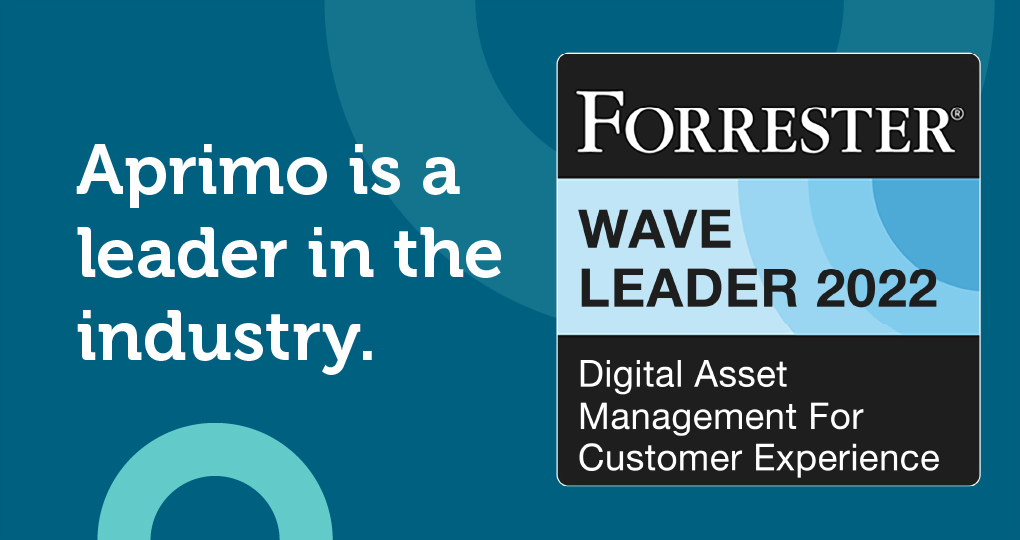Content Operations for Multi-Channel Marketing


HubSpot Blog recently surveyed over 12,000 marketing professionals across the globe and found that 92% of them use more than one marketing channel. These channels include social media, content marketing, email marketing, and paid advertising, to name a few. One of the main things that drives the success of a multi-channel marketing campaign is seamless content operations.
How you create and distribute your content across different channels can make or break your marketing efforts. Below, we look at the role of content operations in multi-channel marketing. We also explain how data analytics and technology solutions tie into this framework.
Overview of Content Operations for Multi-Channel Marketing
Let’s start with a brief overview of content operations. What is content ops? Simply put, it refers to creating, managing, optimizing, delivering, distributing, and repurposing content throughout the lifecycle of your marketing campaigns.
Here are a few things content ops entail:
-
Cross-functional collaboration
-
Workflow optimization
-
Data-driven strategies
-
End-to-end process management
Multi-channel marketing and content operations are joined at the hip. You can think of content ops as the bridge that connects different marketing channels. It facilitates content consistency across the myriad of platforms you use for your strategy and the myriad of people that make it a success.
The duo collectively benefits your marketing efforts via:
-
Improved efficiency
-
Increased brand awareness and reach
-
Better targeting
-
Efficient personalization
-
Higher customer engagement
-
High conversion rates


Streamlining Content Creation and Management
Content creation is at the crux of multi-channel marketing. It’s imperative to have a comprehensive strategy and workflow for your content creation and distribution. Your plan should highlight the key objectives, target audience personas, and content formats for each channel.
More importantly, the strategy should be centralized. That means your content team, writers, designers, independent contractors, and strategists should be aligned on the same page.
They should also have access to features like:
-
Access control: Limitation to specific team members when working on sensitive projects
-
Collaborative tools: A platform that allows team members to work together and share feedback in real time
-
Version control: To keep track of changes made to content by different team members
A good digital asset management (DAM) system has all these features and can form the backbone of your martech stack to manage end-to-end content operations.
Content Distribution Across Channels
In a multi-channel marketing strategy, you have to cater content to each channel you use. Every channel has its diverse requirements.
For instance, TikTok is all about short, engaging videos, while LinkedIn favors long-form, professional content. Instagram is pushing Reels. X (formerly known as Twitter) is better for bite-sized content. Email marketing requires optimized template designs and persuasive copy.
Besides the channel’s format and requirements, also take the audience personas into consideration. Let’s say you’re a makeup brand, and your audience comprises Gen Z, millennials, and Gen X.
You’d likely reach the Gen Z audience through TikTok, millennials via Instagram, and the older segment through Facebook.
When it comes to distribution, automation is the best approach. Let a content automation tool take care of publishing variations of the same content on your different channels.


Role of Data Analytics in Multi-Channel Content Operations
Data analytics is the holy grail for any marketing strategy, and multi-channel content operations are no exception. Set up real-time analytics to see how well your content performs on each platform. Some key performance indicators (KPIs) to track include:
-
Click-through rates (CTRs)
-
Bounce rate
-
Engagement rate
-
Impressions
-
Conversions
-
Referral traffic
-
Website traffic sources
While you’re at it, don’t skimp on A/B testing. Suppose you’ve created two versions of the same infographic or sale offer announcement.
Test it on different social media channels or email marketing. See which version creates more ripples and take that learning to your future content creation. And think beyond just the copy and test different visuals and call-to-action (CTA) buttons.
As you learn from these tests, keep optimizing your content. For instance, incorporate the right keywords and hashtags. Tweak the length of your posts. Use the right tags and metadata, and so on.
Technology Solutions for Content Operations
There are a host of technology solutions you can use for content operations in multi-channel marketing. They fall into different categories, as we’ve listed below.
Content Management Systems
These tools let you create, edit, and manage your content in a unified place. Examples include Joomla and Drupal.
Digital Asset Management Systems
A DAM system is your content repository. Here, you store and organize your digital assets for every platform. Whenever you need to retrieve an image, video, document, or infographic, you have easy access.
Analytics and Reporting Systems
Tools like Adobe Analytics and Google Analytics track your content performance. They give you valuable insights, such as:
-
Which pages get the most visits
-
How long people stay on your website
-
Where your referral traffic comes from
-
Which CTAs get the most clicks
AI Content Operations Tools
Like every other business function, AI is reshaping content operations, too. For instance, Canva now has AI-powered content creation features. Similarly, you can use Grammarly for content creation, Otter.ai for transcription, and Fliki for AI video creation.


Ensuring Consistency and Branding
When you’re creating for five or six different platforms, how do you ensure consistency and branding? Brand guidelines help.
Your guidelines should include directives about:
-
Brand tone: Will you take a serious or playful tone? How do you handle humor?
-
Voice: What’s your brand voice? Do you want to have a personal, friendly tone or a more professional one?
-
Visuals: Which colors, fonts, and imagery should you use?
-
Messaging: What are your brand’s mission and values? What message do you want to convey through your content?
Every piece of content you create should align with your guidelines. Don’t forget to audit your content regularly to make sure you’re on track with the brand guidelines.




